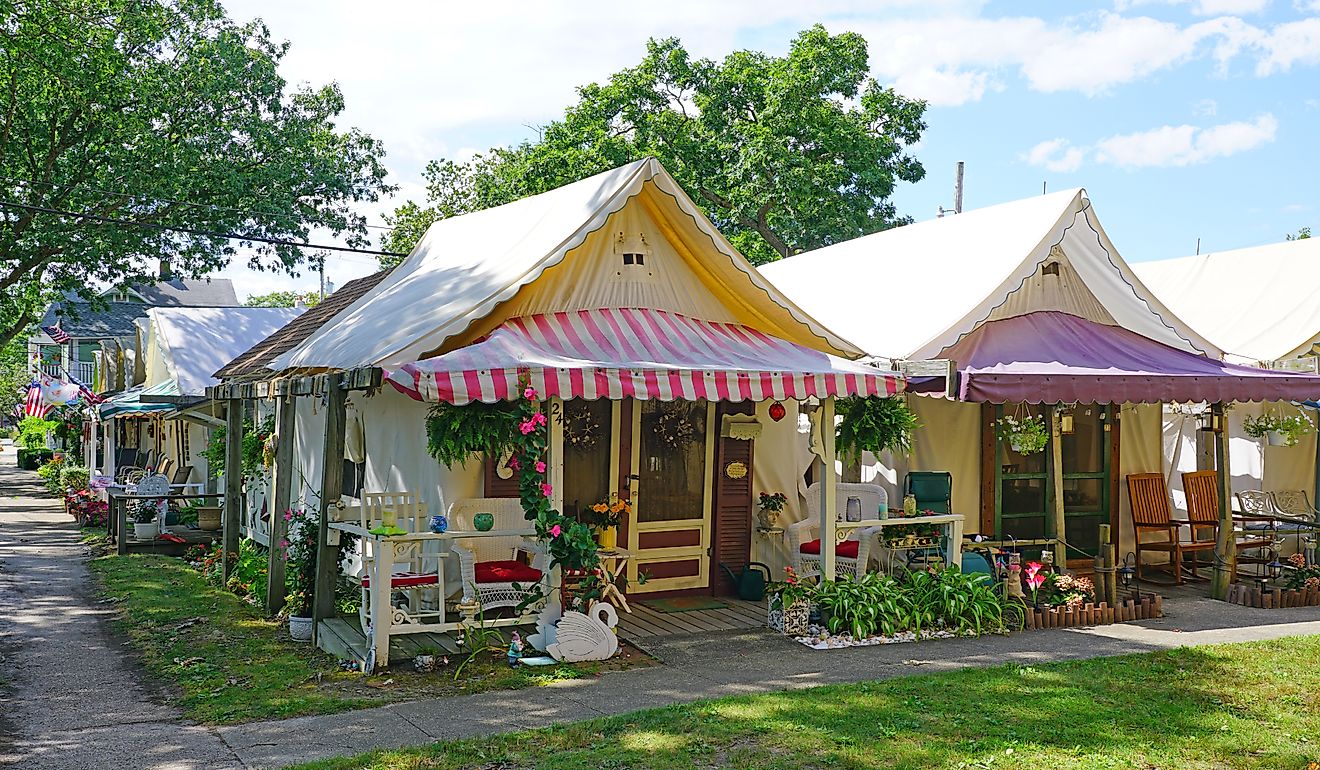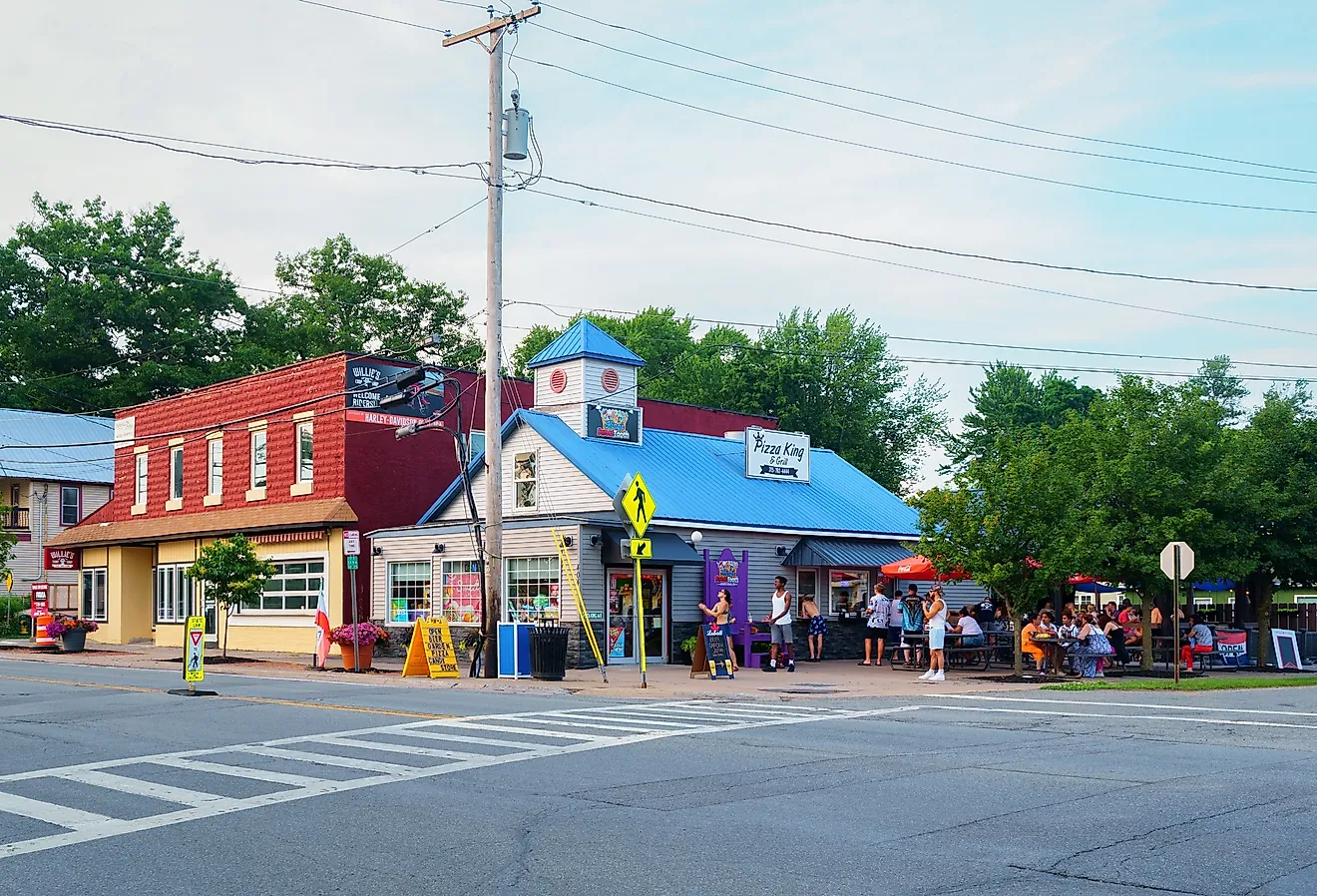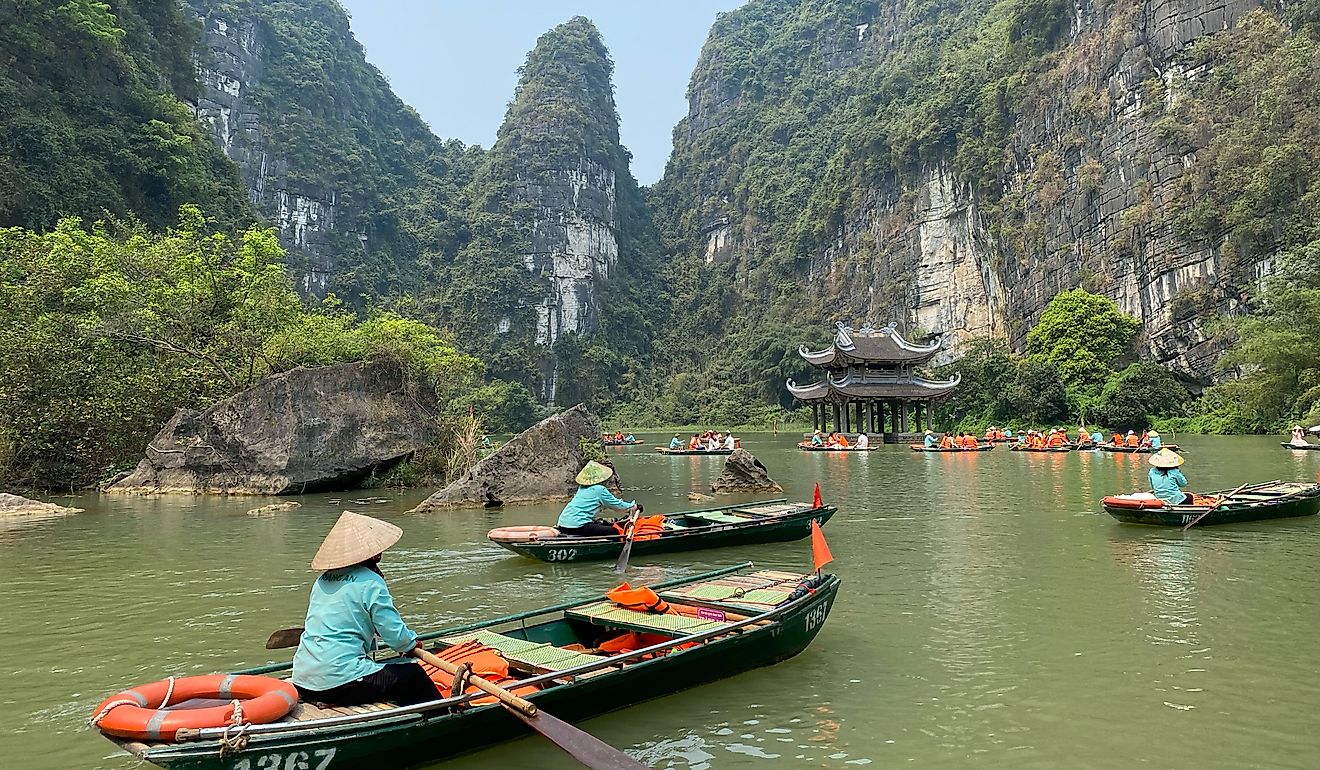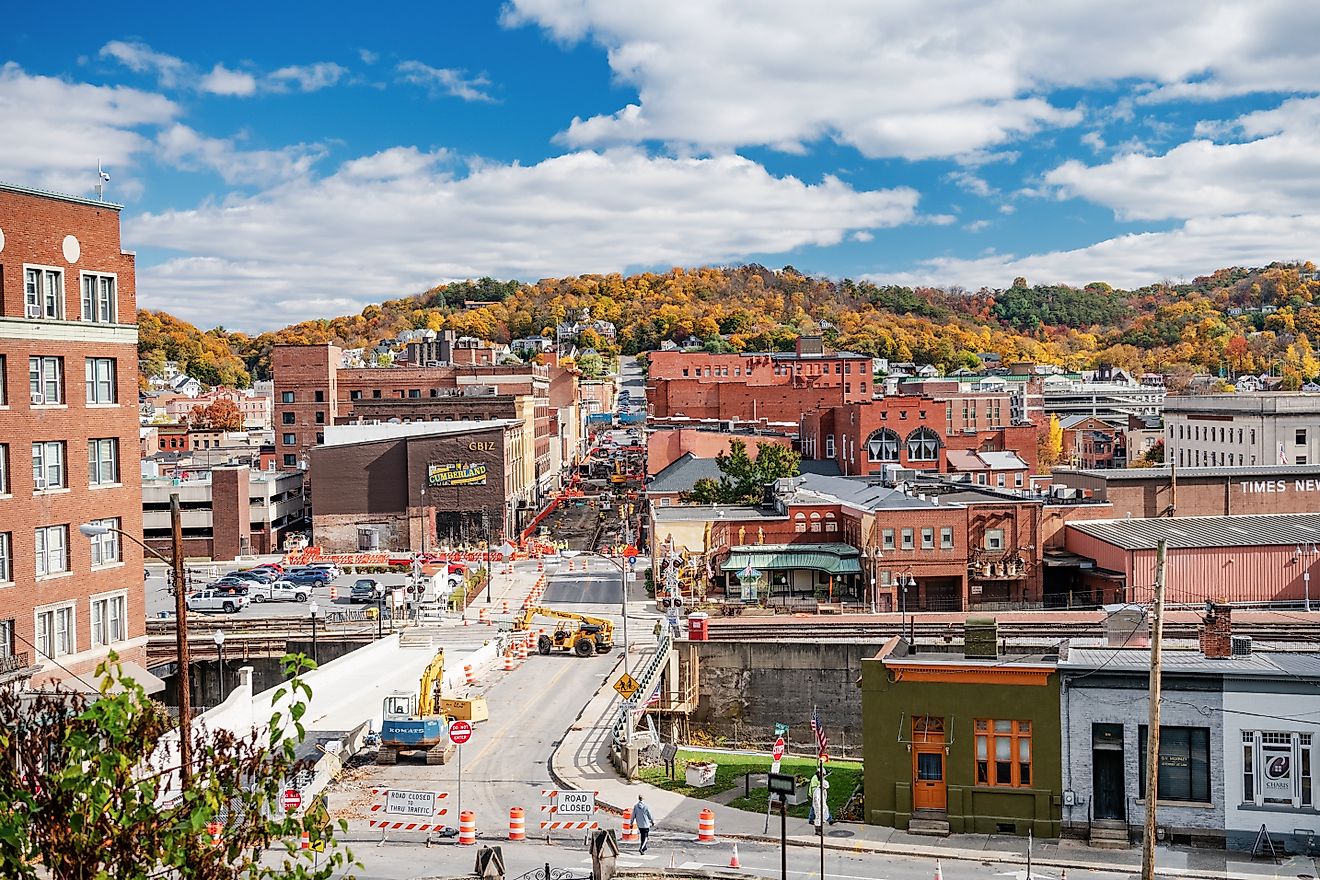Exploring The Wonders Of The World: Smithsonian Museums, Galleries, And Zoo

The Smithsonian Institution
The Smithsonian was created for the purpose of increasing and propagating knowledge. It includes a group of museums, research institutions, and a zoo, which are administered by the government of the US. It has approximately 138 million facilities mostly located in Washington DC although there are also additional facilities found in Massachusetts, Maryland, Arizona, and New York City among others. Hundreds of other institutions and museums are affiliated to it. The institution’s annual budget of $1.2 billion is largely financed by the Federal government. It obtains any budgetary deficit from endowments, private and corporate contributions and membership dues among other sources. It also has two publications the Smithsonian and Air & Space Magazines.
When And Why Was The Smithsonian Institution Established?
The Smithsonian Institution was established in 1846 using the donation extended to the US government by a British scientist, James Smithson. The bequest was valued at a half million dollars in 1838. After much haggling in the Congress over the interpretation of the vague will, it was agreed that the donation be channeled towards an institution meant for science and learning.The legislation creating the institution was signed by President James Polk and it was to be headed by a Board of Regents and the Secretary of the Smithsonian. Even though the first secretary wanted it to be a research institution, following an expedition around the globe by the US Navy, the collections they made were made part of the Smithsonian collection. Many Native Americans’ artifacts were also included in the collection some from the military and others from civilians.
Exhibits At Smithsonian Museums, Galleries, And Zoo
The construction Smithsonian Institution Building began in 1849. It was officially completed and opened in 1855. The National Zoological Park was opened in 1889 to accommodate the Department of Living Animals. The National Museum of National History was similarly opened in 1911 to accommodate the Smithsonian US National Museum which was previously hosted in a different place. Through donations it has been able to open up more museums to the public. Some of these are the National Museum of the American Indian which was opened in 2004 and the National Museum of the African American History and Culture which was opened in 2016. Collections of artifacts are given to the Smithsonian affiliated museums on long-term loan basis. It has travelling exhibitions that move in diverse places where its museums are located. It has plans to build the first permanent overseas exhibition in London. Smithsonian collections include hundreds of millions of artifacts, recordings and other collections. In 1997, Smithsonian Latino Center was established. It was aimed at creating a place to store the Latino contribution to arts, science, history and national culture. The center is not represented in a specific location, but works in collaboration with museums, research centers of the Smithsonian Institution.
Visiting These Places
Smithsonian Institution is open to the public without any pay. Its entire staff is on the pay of the Federal government. It provides access to its image collections to the public for educational, scholarly and nonprofit uses. Commercial uses are restricted unless the permission is obtained beforehand. Its images fall into diverse copyright categories. Some of these are subject to license agreements while others are in the public domain such as those prepared by the employees as part of their duties. The institution has collections of 156 million artworks, specimens, and artifacts. The National Museum of Natural History alone has 145 million of these artifacts and specimens.
Exploring The Wonders Of The World: Smithsonian Museums, Galleries, And Zoo
| Rank | Museums, Galleries And Park | Type Of Collection | Location | Opened |
|---|---|---|---|---|
| 1 | Smithsonian Institution Building | Visitor center and offices | Washington, D.C. National Mall | 1855 |
| 2 | National Museum of Natural History | Natural history | Washington, D.C. National Mall | 1858, |
| 3 | Arts and Industries Building | Special Events Venue | Washington, D.C. National Mall | 1881 |
| 4 | National Zoological Park | Zoo | Washington, D.C. Rock Creek Park | 1889 |
| 5 | Cooper–Hewitt, National Design Museum | Design history | New York City Museum Mile | 1897 |
| 6 | Freer Gallery of Art (Part of the National Museum of Asian Art) | Asian art | Washington, D.C. National Mall | 1923 |
| 7 | National Air and Space Museum | Aviation and spaceflight history | Washington, D.C. National Mall | 1946 |
| 8 | National Museum of African Art | African art | Washington, D.C. National Mall | 1964 |
| 9 | National Museum of American History | American history | Washington, D.C. National Mall | 1964 |
| 10 | Anacostia Community Museum | African American culture | Washington, D.C. Anacostia | 1967 |
| 11 | National Portrait Gallery | Portraiture | Washington, D.C. Penn Quarter | 1968 |
| 12 | Smithsonian American Art Museum | American art | Washington, D.C. Penn Quarter | 1968 |
| 13 | Renwick Gallery | American craft and decorative arts | Washington, D.C. Lafayette Square | 1972 |
| 14 | Hirshhorn Museum and Sculpture Garden | Contemporary and modern art | Washington, D.C. National Mall | 1974 |
| 15 | Arthur M. Sackler Gallery (Part of the National Museum of Asian Art) | Asian art | Washington, D.C. National Mall | 1987 |
| 16 | National Postal Museum | United States Postal Service; postal history; philately | Washington, D.C. NoMa | 1993 |
| 17 | National Museum of the American Indian's George Gustav Heye Center | Native American history and art | New York City Bowling Green | 1994 |
| 18 | National Museum of African American History and Culture | African-American history and culture | Washington, D.C. National Mall | 2003 |
| 19 | National Air and Space Museum's Steven F. Udvar-Hazy Center | Aviation and spaceflight history | Chantilly, Virginia | 2003 |
| 20 | National Museum of the American Indian | Native American history and art | Washington, D.C. National Mall | 2004 |











